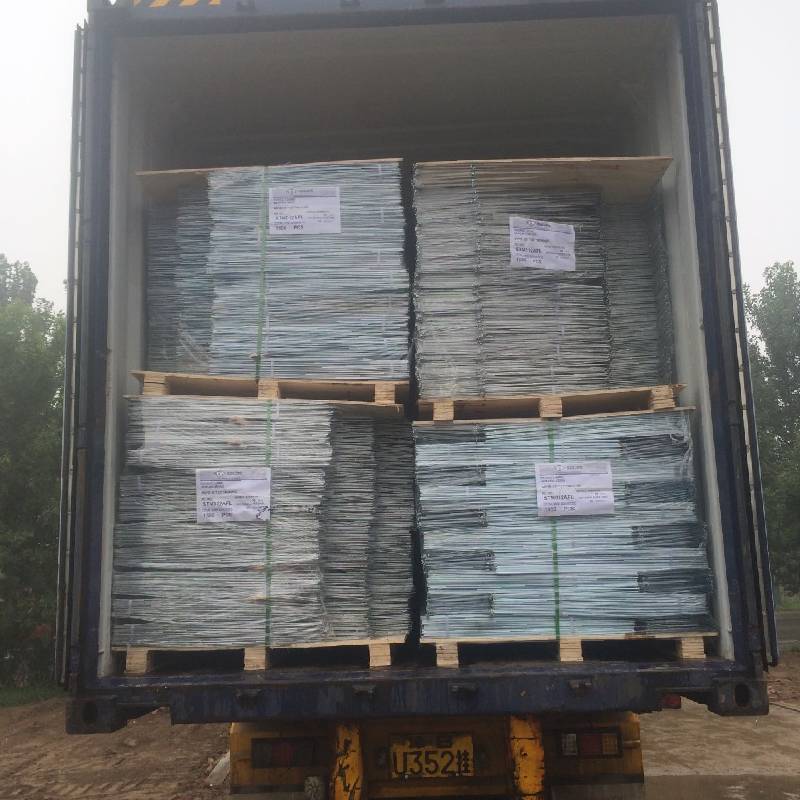
- Mobile Phone
- +8613931874955
- sales@cntcmetal.com
Wall Ties for Brick Masonry Construction and Structural Integrity Solutions
Wall Ties for Brick Masonry A Comprehensive Overview
When it comes to brick masonry, the integrity and stability of structures rely heavily on proper construction techniques and materials. One essential component that contributes to the strength and durability of brick walls is wall ties. Understanding the role, types, and installation of wall ties is crucial for architects, engineers, and builders involved in masonry work.
What are Wall Ties?
Wall ties are metal connectors that bond the brick outer layer of a wall to its inner structural components. Their primary purpose is to provide lateral stability to the wall system, ensuring that both the veneer and the backing wall act as a cohesive unit. In masonry construction, wall ties help resist wind loads and prevent the outer leaf from moving independently of the structural framework, thus minimizing the risk of cracking or separating.
Types of Wall Ties
There are several types of wall ties, each designed for specific applications and conditions. Some of the most common types include
1. Corrugated Wall Ties These ties consist of flexible metal strips with a wavy or corrugated design. They are typically used in cavity walls and are known for their high tensile strength and resistance to corrosion.
2. Dovetail Ties These ties feature a fin-like design that can lock into the masonry units, providing a secure connection. They are commonly used in both residential and commercial constructions, especially where a stronger bond is required.
3. Mechanical Expansion Ties Used primarily in concrete applications, these ties expand when installed, providing a secure fit within the drilled hole. They are ideal for applications where retrofitting is necessary.
wall ties for brick masonry

4. Plastic Wall Ties These are lightweight, corrosion-resistant alternatives made from polyethylene or other durable plastics. While they may not be as strong as their metal counterparts, they are often used in areas where moisture is a concern.
Installation Guidelines
Proper installation of wall ties is crucial for maximizing their effectiveness and ensuring the long-term stability of masonry structures. Here are some general guidelines for installing wall ties
- Spacing Wall ties should be spaced at regular intervals, typically at least every 16 inches horizontally and every 24 inches vertically. In regions with higher wind loads, closer spacing may be required.
- Depth Penetration The ties should penetrate into the backing wall adequately, usually to a depth of at least 1.5 inches, to ensure proper anchorage.
- Alignment Wall ties must be installed in a vertical orientation and should maintain a uniform alignment to prevent undue stress on the masonry units.
- Moisture Considerations To protect against corrosion, it is essential to choose the appropriate type of wall ties based on ambient moisture levels. Additionally, the design of the wall should include proper drainage to prevent the accumulation of water.
Conclusion
Wall ties play an indispensable role in brick masonry construction, providing structural stability and durability. Selecting the right type of wall ties and following appropriate installation practices ensures that masonry walls perform effectively over time. As masonry techniques continue to evolve, staying informed about the latest advancements in wall tie technology will be essential for anyone involved in the building and construction industry. Whether for residential, commercial, or industrial applications, wall ties are a critical element in creating safe and reliable masonry structures.
share:
-
Why Sacrificial Formwork Is Redefining Underground ConstructionNewsJun.06,2025
-
The Structural Dynamics of Modern Concrete: How Snake Spacers Revolutionize Flexible ReinforcementNewsJun.06,2025
-
Snake Spacers Smart-Lock Concrete Reinforcement with Surgical PrecisionNewsJun.06,2025
-
Snake Spacers: Reinforcement Precision for Modern Concrete ProjectsNewsJun.06,2025
-
Snake Spacers Powering Concrete's Structural DNANewsJun.06,2025
-
Slither into Success: Snake Spacers' Precision Bite for Unbreakable ReinforcementNewsJun.06,2025
-
Sacrificial Formwork: Building Stronger, Faster, and Safer StructuresNewsJun.06,2025



















